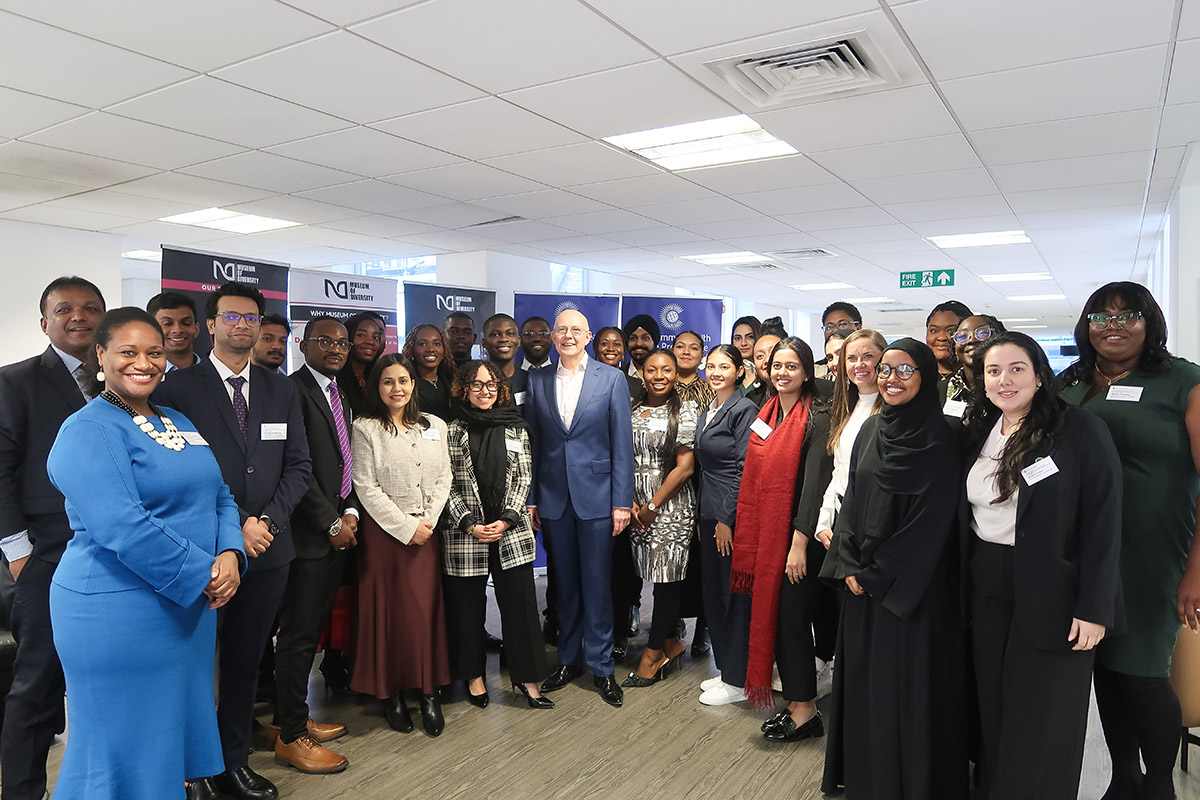“A case study on micro-finance”
April 11 Micro-financing is often heralded as a path out of poverty for maginalised groups, but Swapnil Mishra, 21, a Correspondent from India and currently studying in the U.S., examines the numbers and outlines the limitations that must be considered.
Micro-financing is often heralded as a path out of poverty for maginalised groups, but Swapnil Mishra, 21, a Correspondent from India and currently studying in the U.S., examines the numbers and outlines the limitations that must be considered.
A poor family lives on less than $2 a day, and the family seeks for financial predictability like any other family.
However, the way they achieve it is different from those who are not poor. They may use one of two primary methods, the first of which is income shaping, where the low income earner willingly sacrifices a higher income at the end of the year for a more frequent income so he can meet daily expenses with less stress.
Animating money is another strategy, whereby the poor borrow loans for investments other than the ones designated for important purposes such as a wedding, education, or vehicle, so they could keep their primary goals intact.
Improving the financial systems can help fight poverty.
When poor people struggle to save, their lives are harder and many opportunities to launch businesses and create jobs go in vein. If banks create savings products that offered loans to rich and poor alike, it would help poor households as well as large and small businesses, and at the same time help ease poverty.
When savings of the poor are moved into the formal financial sector, banks can grant even more loans so that smaller businesses can be created. This will allow expanding businesses to hire more workers, and more people can be lifted out of poverty. This process replicated on a large scale can generate economic growth and in turn reduce poverty.
The critical question is, does micro-finance really work? One of the key problems with micro-finance institutions is the high rate of interest they charge. The average interest rate globally is between 35 and 40 per cent. The poor often have no other choice, as village moneylenders charge three times as much. However, some micro-finance institutions say they charge high interest rates because they borrow their funds from commercial banks, and it costs them a lot to service customers who are widely dispersed.
A major selling point of micro-finance is its ability to empower women, as it increases their bargaining power within the home and boosts their self-esteem. Yet often men retain control over family financials, with women merely putting forward as the public face in order to access funds.
Considering the interest rate, the poor could have a hard time coming up with a business plan that could deliver 35 to 40 per cent return on investment. Therefore, the fact is that most micro-finance clients would gladly take up factory jobs if they were available. Creating opportunities for steady employment at reasonable wages is perhaps a more reliable route out of poverty. Micro-finance is certainly a noble idea and a genuine economic innovation that helps the poor, but the critical issue is whether micro-finance helps eradicate poverty, and on that front – it perhaps falls short.
photo credit: Got Credit Loan Key via photopin (license)
…………………………………………………………………………………………………………………
About me: My name is Swapnil Mishra and I am an undergraduate student pursuing a major in Economics with minors in Business (Environmental Management) & International Relations at Knox College, Illinois, U.S.
My ambition is to work in the field of International Development and my interests are cricket and travelling.
…………………………………………………………………………………………………………………
Opinions expressed in this article are those of the author and do not necessarily represent the views of the Commonwealth Youth Programme. Articles are published in a spirit of dialogue, respect and understanding. If you disagree, why not submit a response?
To learn more about becoming a Commonwealth Correspondent please visit: http://www.yourcommonwealth.org/submit-articles/
…………………………………………………………………………………………………………………




